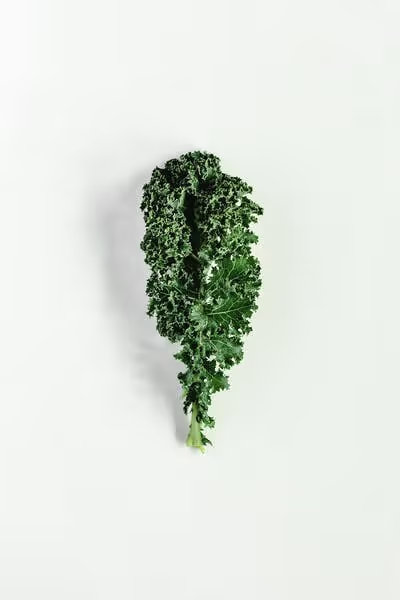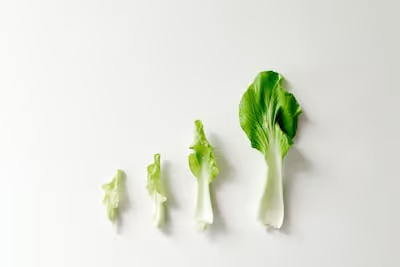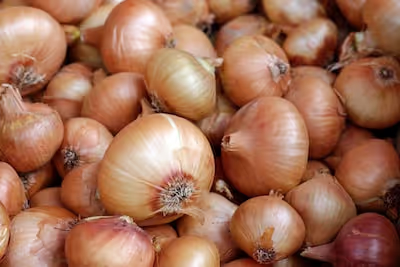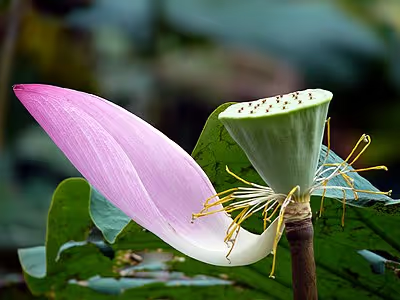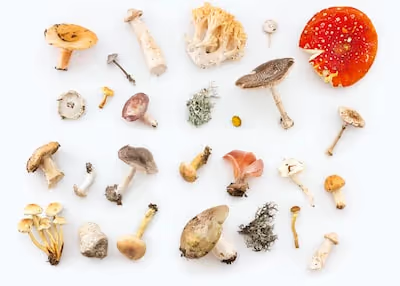Growing Lima Beans: Expert Advice for a Healthy, Abundant Crop
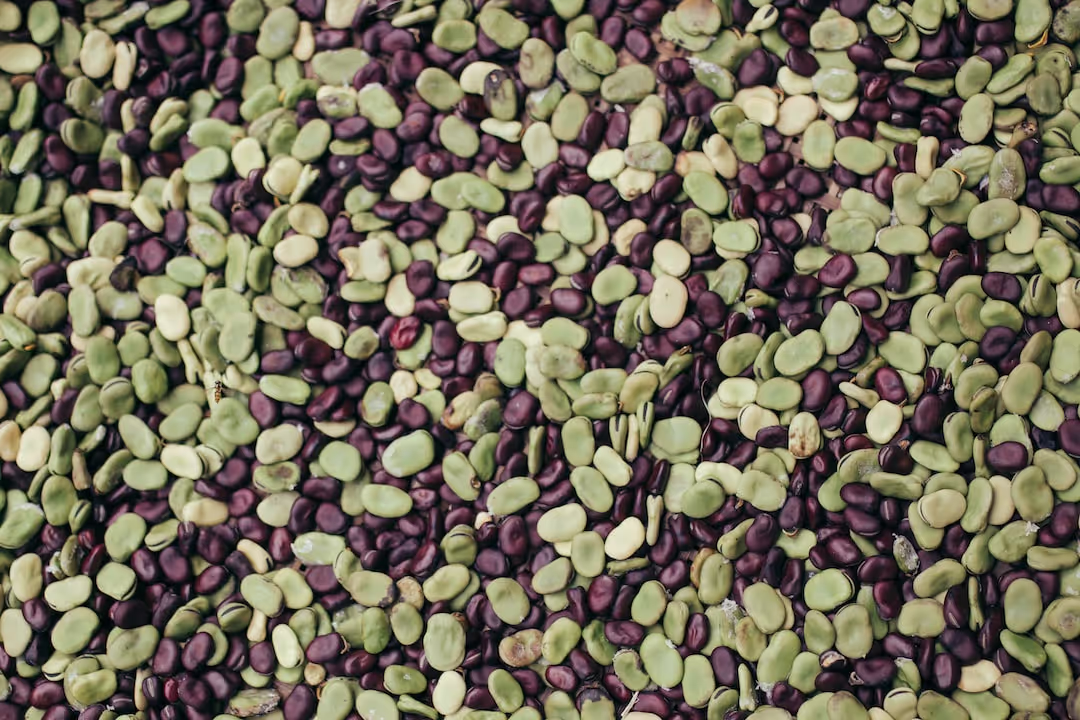
Growing Lima Beans
If growing lima beans sounds like a chore, reconsider—a sunny corner, loose soil, and 65–80°F weather are all you need. Growing lima beans rewards you handsomely, producing protein-rich legumes with minimal fuss. Get acquainted with pole or bush varieties, sow them directly after frost, and your backyard harvest will stir envy and appetite alike.
Cheatsheet: Lima Bean Mastery for Heavy Yields
🗓️ Planting Windows
- Soil warm: 65–85°F (18–29°C)
- Direct sow: 2 weeks after frost
- Harvest: 65–100 days
🔗 Tools and Products You'll Need
- Lima bean seeds (bush or pole types)
- Hoe, rake, trowel
- Compost or aged manure
- Mulch (straw, leaf mold)
- Trellis or poles (for pole types)
- Soaker hose or watering can
🌱 Sowing & Spacing
- Bush: 1" (2.5cm) deep, 3-4" (7.5-10cm) apart
- Pole: 1" (2.5cm) deep, 6" (15cm) apart near support
- Rows: 24–36" (61–91cm) apart
🌞 Sun & Soil
- Sun: Full, 6–8 hrs daily
- Soil: Loose, rich, drains well
- pH: 6.0–6.8 optimal
- Enrich with compost before sowing
💧 Water & Mulch
- Keep evenly moist; do not saturate
- Mulch to suppress weeds, conserve water
🍃 Fertility & Care
- No extra nitrogen; beans fix their own
- Weed gently to protect roots
- Train pole types up supports early
🦠 Pest & Disease Defense
- Avoid overhead watering (prevents fungal problems)
- Scout for aphids, Mexican bean beetles
- Rotate location yearly
🌾 Harvest & Nutrition
- Pick pods when plump, still green
- Rich in protein, fiber, iron, folate
- 40% more protein than green beans
- Eat fresh or dry for storage
- Prepare soil: add compost, loosen to 6" (15cm) deep.
- Sow seeds at recommended depth and spacing.
- Water well after sowing, mulch rows.
- Thin to best seedlings; install supports for pole beans.
- Weed regularly; maintain steady moisture.
- Harvest pods as beans fill out, before yellowing.
-
Growing Lima Beans: Expert Advice for a Healthy, Abundant Crop
I grow lima beans for flavor, but I keep growing them for the yield that shows up when heat, moisture, and soil biology click. My first season I sowed into 60 F 16 C soil and watched half the seed melt into mush.
Climate, timing, and daylength
Sow only after nighttime lows hold above 55 F 13 C and soil is warm. Large-seeded types like Fordhook thrive in steady heat, while some pole limas respond to longer days with stronger flowering.
Minimum soil temperature for planting: 65 F 18 C. Best emergence: above 70 F 21 C. Source: UC ANR Vegetable Production Manual and NC State Extension
They dislike cold, wet feet and they sulk below 50 F 10 C. I wait 2 weeks after last frost to be safe.
Soil prep and fertility that actually works
Target a pH of 6.0 to 6.8 and feed the soil, not the plant. I work in 1 to 2 inches 2.5 to 5 cm of finished compost, then add a low-nitrogen, higher phosphorus and potassium pre-plant fertilizer if a soil test calls for it.
Limas fix their own nitrogen when inoculated with Rhizobium phaseoli. If the bed has never grown beans, dust seed with a fresh inoculant and you avoid leggy growth that burns out early.
Excess nitrogen reduces flowering and delays maturity in beans. Source: University of Minnesota Extension
Choosing varieties for your climate and plate
- Fordhook 242 large-seeded bush: dependable in variable summers, 72 to 85 days, creamy texture.
- Henderson/Baby Lima bush: fast, heavy setting in heat, 65 to 75 days, mild flavor for quick sautés.
- Jackson Wonder bush: bronze-mottled seeds, handles Southern humidity better than most.
- King of the Garden pole: big pods, long picking window, needs sturdy support, 85 to 95 days.
- Willow Leaf pole: narrow leaves that shed moisture fast, helpful in disease-prone sites.
I match type to space and heat. Bush limas finish fast in short seasons, while pole types pay rent with flavor and extended harvest.
Planting depth, spacing, and trellising
Direct sow 1 to 1.5 inches deep 2.5 to 4 cm into warm, moist soil. For bush types, space 3 to 6 inches 7.5 to 15 cm apart in rows 24 to 30 inches 60 to 76 cm apart.
Pole limas go 6 to 12 inches 15 to 30 cm apart with rows 36 inches 91 cm apart. Give poles or a cattle panel 6 to 8 feet tall 1.8 to 2.4 m and lash it tight because August winds will test your engineering.
Water and mulch for steady pod set
Keep the root zone at a consistent 1 inch 25 mm of water per week, more in hot spells. I favor drip lines under 2 to 3 inches 5 to 7.5 cm of straw or shredded leaves to hold moisture and cool the soil.
Erratic watering triggers blossom drop and the dreaded hollow heart in big seeds. The week before and after flowering decides your yield.
Beans need about 1 inch 25 mm of water weekly, with the highest demand during flowering and pod fill. Source: Iowa State University Extension
Heat, wind, and microclimate
Pods stall when hot dry wind hits at 95 F 35 C, so I stretch light row cover on the windward side as a baffle. In cool coastal sites, reflective mulch or a south-facing fence buys a few extra degrees.
Pests and disease: an IPM playbook
- Mexican bean beetle: Look for yellow egg clusters under leaves. Hand-crush early, release Pediolelina bifasciata parasitoids if available, and use neem or azadirachtin on young larvae while keeping pollinators safe.
- Aphids and spider mites: Overhead rinse at dawn for quick knockdown, then raise humidity under mulch and bring in lacewings. If pressure spikes in heat, rotate soaps with oils to avoid flare-ups.
- Seedcorn maggot and damping-off: Do not sow in cold, fresh-manured soil. Warm the bed and use a biological seed treatment if spring is stubborn.
- Anthracnose and pod blight: Start with certified seed, rotate 3 to 4 years, and keep foliage dry in the evening. Copper works as a last resort when weather stacks the deck.
- Bean common mosaic virus: Plant resistant varieties and rogue any stunted, mottled plants early.
Rotate beans at least 3 years away from legumes to reduce soilborne disease pressure. Source: Clemson HGIC and Penn State Extension
Feeding strategy without overdoing it
I side-dress only if leaves pale and roots show poor nodulation. A light ring of compost or a modest potassium boost at early bloom steadies pod fill without pushing foliage.
Succession, interplanting, and cover crops
In short seasons, I run two sowings 10 to 14 days apart to dodge heat spikes. I tuck a low basil border on the south edge to pull in beneficials and leave room for air flow.
Pole limas can climb sturdy sweet corn in roomy beds, but shade can trim yields. I prefer a freestanding trellis and sow oats or buckwheat after harvest to reset the soil.
Harvest, handling, and storage
Pick at the full but green shell stage, when pods feel tight and seeds press the seams. Morning harvest eats better and chills faster.
For freezing, blanch baby limas 2 to 3 minutes and large limas 3 to 4 minutes, then ice and pack. For dry beans, let 80 to 90 percent of pods turn tan, finish indoors on screens, and store under 60 F 16 C with a desiccant.
Home garden yield target: 1 to 1.5 pounds 0.45 to 0.68 kg of shelled limas per 10 feet 3 m of row under good management. Source: University of Tennessee Extension
Food safety and flavor
Raw limas contain cyanogenic compounds that cooking neutralizes. I simmer thoroughly and never slow-cook from dry at low temperature without a full boil first.
Commercial US varieties are bred for low cyanogenic content, yet thorough cooking remains recommended. Source: FDA and USDA ARS
My field-tested planting calendar
- Last frost to +14 days: warm the bed, set trellis, install drip, inoculate seed.
- +14 to +28 days: thin to final spacing, mulch, start weekly scouting.
- First bloom: check nodules, adjust water, add a light potassium source if a soil test flagged it.
- Peak set: keep water steady, pick every 2 to 3 days to hold the flush.
- Late season: strip pods for freezing, then cut plants at the base to leave roots for soil nitrogen.
Buying guide: what actually earns its keep
- Seed: Choose bush types for small beds and a quick crop, pole types for extended harvest and superior flavor.
- Rhizobia inoculant: Fresh, strain-matched powder for beans only, stored cool.
- Soil thermometer: Seed is cheap, time is not. I plant only after hitting 70 F 21 C at 2 inches 5 cm by mid-morning.
- Drip kit and mulch: Even moisture prevents hollow seeds in heat waves.
- Trellis hardware: Sturdy posts and netting or panels rated for 50 to 75 pounds 23 to 34 kg of load per 10 feet 3 m.
- Row cover: Lightweight fabric for early wind protection and beetle exclusion.
Troubleshooting quick list
- Seeds rot: Soil too cold or saturated. Warm bed, improve drainage, replant shallow.
- Lots of vine, few pods: Too much nitrogen or shade. Ease off N, open the canopy.
- Flowers drop: Heat or drought. Boost irrigation and add afternoon shade cloth during hot spells.
- Pods tough: Picked late or plants water stressed. Harvest earlier and keep moisture steady.
- Leaves stippled: Mites. Rinse foliage, raise humidity, and rotate soft sprays.
Seed saving basics
Lima beans self-pollinate, so 20 to 50 feet 6 to 15 m between varieties keeps seed mostly true. Dry pods fully, shell, then freeze seed 3 days to kill weevils before storing airtight.
Why Growing Lima Beans rewards good habits
This crop tells the truth about your system. If heat, moisture, inoculation, and airflow line up, limas repay you with staggering bowls of buttery seeds and a soil web humming with life.
“Healthy soil is a community and legumes are its diplomats.” Field notes and a decade of trials
I still get a kick out of lifting a root and seeing pink nodules snap like tiny hearts. That color means the plant is fixing nitrogen and the pods will come in waves.
Sourced guidance that aligns with field practice
- University of California ANR Vegetable Production Manual on temperature and bean physiology.
- NC State Extension planting temperature guidelines for beans and limas.
- Clemson Home and Garden Information Center on rotation, pH, and spacing.
- Iowa State University Extension irrigation scheduling for vegetables.
- University of Tennessee Extension home garden yields and harvest handling.
- USDA ARS and FDA notes on cyanogenic compounds in lima beans and safe cooking.
Frequently Asked Questions about Cultivating Lima Beans
What soil type best supports lima bean growth?
Lima beans thrive in well-draining, loamy soils with a slightly acidic to neutral pH of about 6.0 to 6.8. Ensure the soil is rich in organic matter, such as compost or aged manure, for optimal plant growth and bean production.
How much sunlight do lima bean plants require?
To achieve healthy, productive plants, provide your lima beans with at least 6 to 8 hours of direct sunlight daily. Adequate sunlight encourages vigorous growth and robust yields.
Should I plant lima beans directly outdoors, or start them indoors?
Plant lima beans directly outdoors after the danger of frost has passed and the soil maintains a consistent temperature of at least 65°F (18°C). Beans generally establish stronger root systems when sown directly into garden soil rather than transplanting seedlings.
How frequently should lima beans be watered?
Maintain consistent moisture, offering about 1 inch (2.5 cm) of water per week. During especially hot or dry periods, increase watering frequency to keep soil evenly moist but never waterlogged.
What spacing works best for planting lima beans?
For bush varieties, place seeds about 2-4 inches (5-10 cm) apart in rows spaced around 18-24 inches (45-60 cm). For pole varieties, plant seeds 4-6 inches (10-15 cm) apart in rows spaced 30-36 inches (75-90 cm) apart. This spacing allows sufficient air circulation and room for growth that reduces disease risk.
Do lima beans benefit from fertilizers?
Apply a balanced, low-nitrogen fertilizer at planting time. Excessive nitrogen can lead to lush foliage but fewer beans. During the growing season, side-dress lima beans lightly with compost or well-rotted manure to supply steady nutrients without excessive leaf growth.
When is the ideal time to harvest lima beans?
Harvest lima beans when pods appear firm and plump but before they become tough. Pods usually mature 65-90 days after planting, depending on variety. Pick beans regularly to encourage new growth and maintain high yields.
Can lima beans be grown in containers?
Bush lima bean varieties do well in containers, provided the container measures at least 12 inches (30 cm) deep with sufficient drainage holes. Use a quality potting mix and ensure steady watering and sunlight exposure for a successful container harvest.
Growing Lima Beans rewards patience and care. Start with warm soil, keep the spacing generous, and give them steady sunlight. Water deeply but don’t drown them—roots need air too. Watch for pests, but don’t panic; a little vigilance goes a long way. Rotate your crops and feed the soil, not just the plants. With these basics, you’ll get healthy pods and a harvest that’s worth the wait. If you’re curious about other legumes, check out azuki beans or bean sprouts for more variety in your garden. In the end, growing lima beans is about respect—for the process, the soil, and the meal to come.
Organic Strategies for Abundant, Nutrient-Rich Lima Beans
Select Nutritionally Superior Varieties
- "Fordhook 242": Proven producer yielding buttery beans rich in protein (approx. 14g per 100g cooked).
- "Christmas Lima": Heirloom type offering high dietary fiber and antioxidants for healthy diets.
- "Henderson Bush": Compact bush habit convenient for limited-space organic gardens, includes high iron and magnesium content.
Integrate Companion Planting Methods
- Interplant lima beans with celery, cucumbers, corn, potatoes, and summer savory to naturally repel harmful insects.
- Include flowering herbs like dill and marigolds to attract beneficial pollinators.
- Avoid planting near onions and garlic to reduce growth inhibition.
Implement Natural Disease Control Measures
- Dust plant base with organic cinnamon powder to deter fungal infections.
- Foliar feed weekly using diluted compost tea (1:10 ratio) to boost bean plant immunity.
- Maintain soil moisture below surface dryness to prevent root rot.
Harvest Beans for Maximum Nutrition
- Pick fresh lima pods when pods show plumpness but before toughening to lock in highest vitamin and micronutrient content.
- Dry bean pods naturally on plant for high-protein, shelf-stable food source replete with complex carbohydrates, aiding food security and self-sufficiency.
Improve Soil Health Organically
- Build healthy bean yields by incorporating nitrogen-fixing cover crops (vetch, clover) prior to planting season.
- Add finely ground eggshells for boosted calcium levels, aiding uniform pod-development.
- Regularly mulch with straw or shredded leaves to increase ground moisture retention, promoting beneficial microorganism activity.
Find out which plants will thrive in your garden!
Answer a few fun questions and get custom plant recommendations perfect for your space. Let’s grow something amazing together!

start your season
